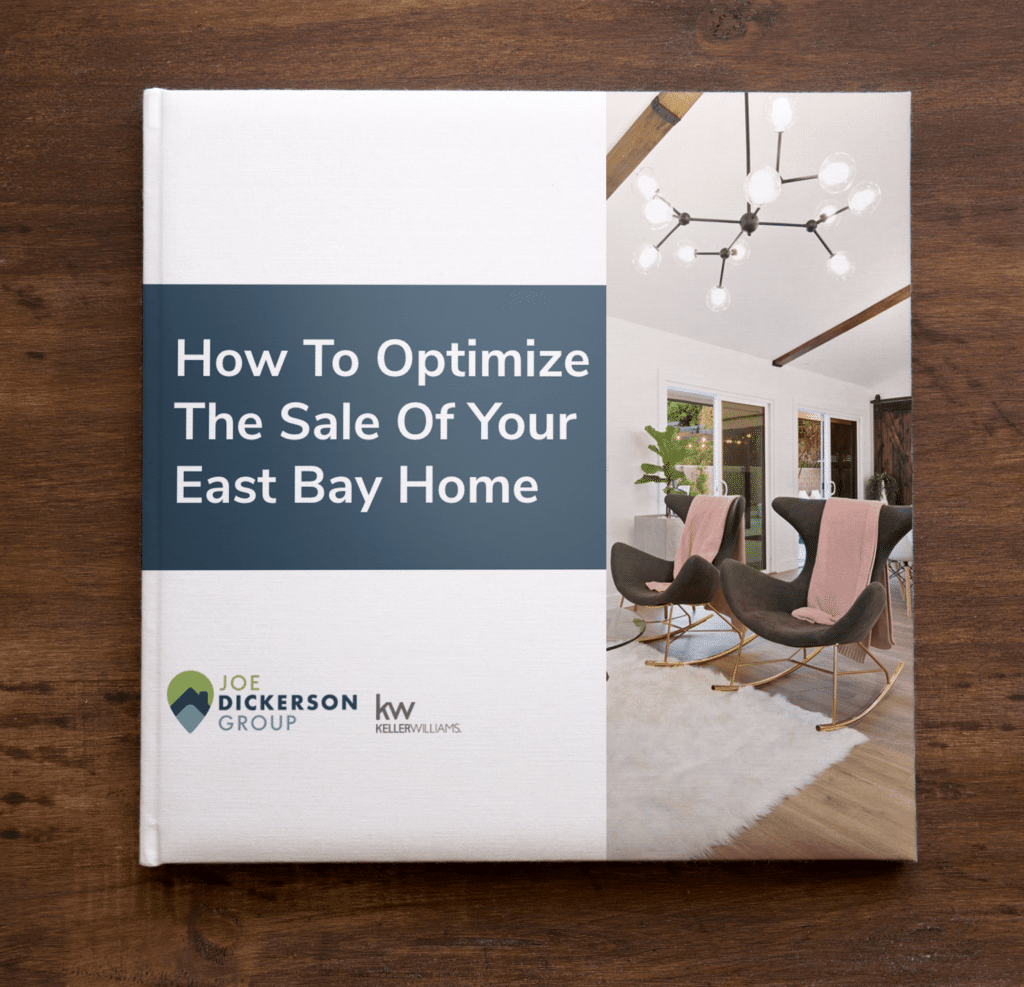Real estate has three primary rules:
- Location
- Location
- Location
When something has to be repeated three times for it to sink in, you know it’s an important issue. And, when it comes to determining a home’s value – now and in the future – location is king.
When real estate agents, lenders and appraisers talk about location, however, they aren’t just referring to whether the home sits on a sandy beach. There are many aspects they take into account when determining how a home’s particular location impacts its value.
Commute times
Studies show that the most expensive housing markets have the longest commute time.
In the San Francisco Bay Area, for instance, homes in and near the city of San Francisco are exorbitantly expensive, so most homebuyers need to buy in the surrounding suburbs in other counties, which is why home prices in Oakland, Emeryville, Berkeley, and other surrounding areas have heated up as well.
If you want a cheaper home in an expensive market, plan on a long commute, because this aspect of location – proximity to business and retails centers – makes for higher home values.
Proximity to schools
Parents of school-age children naturally gravitate to neighborhoods near quality school districts. These “in-demand” neighborhood homes, in turn, boast higher values than homes located near lesser-quality schools.
Quality, when it comes to local schools’ impact on home values, is typically determined by student test scores. In fact, “economists have estimated that within suburban neighborhoods, a 5 percent improvement in test scores can raise prices by 2.5 percent,” according to the New York Times’ Quoctrung Bui and Conor Dougherty.
The flip side, however, is that studies have found that the closer to the actual school the home is located, the lower the value. This is only natural when you consider the amount of noise and traffic generated by most schools.
The bottom line is that a decent home in a good school district will hold its value better than a comparable home located in a poor school district.
When looking at homes in the Bay Area, keep in mind the various school zoning policies for each city. For example, in Oakland, you can apply for any school in the Oakland Unified School District (OUSD), no matter where in the city you live. OUSD will match you to a school, often one of your top choices. Where you live certainly plays a part in that decision, but it isn’t the only factor.
Homes located near open space are worth more
A few years ago, Katherine Kenyon Henderson of the University of North Carolina at Chapel Hill submitted the results of her study of how open spaces impact home values. These spaces include parks, golf course and more.
She found that “open spaces have a statistically significant effect on a home’s sale price,” especially in areas where the homes have smaller backyards. Furthermore, the larger the space, the more value it adds.
The neighborhood’s proximity to commercial amenities
Contrary to popular belief, a new shopping center developed within a community does not negatively impact the value of the homes in closest proximity.
In fact, although a new commercial development does cause an immediate drop in value for homes closest to it (within a .75-mile radius), those values tend to rise by 1.3 percent each year. Within four years after development, those homes have regained the lost value and more, according to Jonathan A. Wiley, Ph.D. with the Department of Real Estate at Georgia State University. So, don’t let news of an impending commercial development in the area scare you away from the home of your dreams. Other location attributes, such as crime, jobs and housing inventory all impact an area’s home values, but location is chief.


